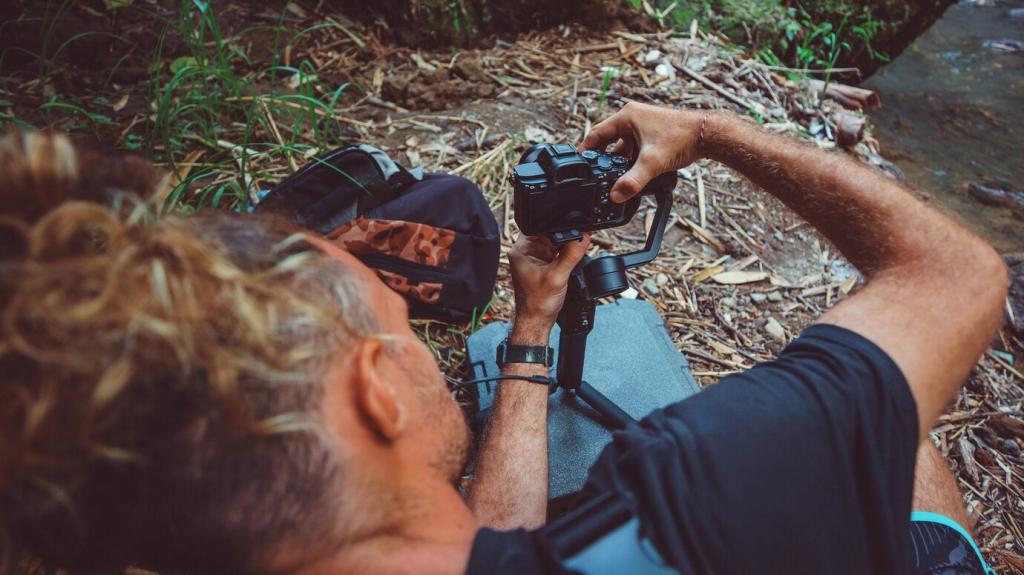Hydration and Nutrition When Cool Air Masks Thirst
Use an insulated bottle or small thermos for tea or broth to encourage steady drinking. It boosts morale and body heat during windy ridgelines, and prevents numb hands from resisting the water you actually need.
Hydration and Nutrition When Cool Air Masks Thirst
Balance quick carbs with nuts, cheese, and nut butter packets. Cooler air increases caloric needs, especially when carrying heavier layers, so space bites every hour and avoid bonking as afternoon shadows lengthen.





